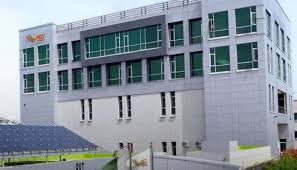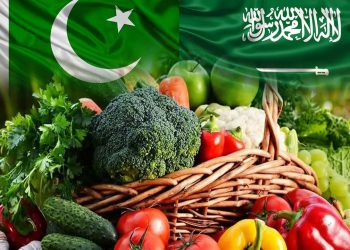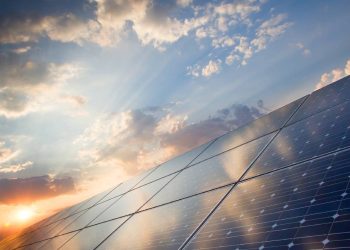Economic prosperity has improved by 2.4 percent during the period from October 2020 to September 2021, according to PRIME’s latest report.
The improvement in overall country’s economic performance can be attributed to higher business activity on the back of rising domestic and international demand of goods and services, erosion of pandemic enforced distortions and return to normalcy.
The trade volume witnessed an increase of Rs.483 billion Y-o-Y and Rs.62 billion M-o-M on account of depreciation of local currency and rise in international demand. In M-o-M trade growth, exports witnessed an increase Rs. 36 billion, while imports witnessed an increase of Rs. 26 billion in September 2021.
Purchasing power declined as the Y-o-Y inflation was reported at 9%, while the M-o-M inflation clocked at 2.1%, an illustration of continuous decline in the purchasing power. The prevalent high levels of inflation are due to soaring supply-demand gap emanating from monetary expansion through commercial banks’ investment in government securities, currency devaluation and higher inflow of remittances, falling productivity and surging petroleum prices. Large Scale Manufacturing (LSM) output posted a negative growth of 0.72 % M-o-M, while a positive growth of 0.1% Y-o-Y. This slowdown in manufacturing activities can be attributed to negative growth in 8 sectors, textile and food related industries in particular, which have 33% weightage in Quantum Index of Manufacturing. The automobile industry posted highest growth of 1.4% among all other industries.
The private sector borrowing from banks has been on an upward trajectory with Rs.194 billion Y-o-Y and Rs.24 billion M-o-M increase. This increasing trend can be credited to moderate cost of borrowing and a push from State Bank of Pakistan to the commercial banks to increase lending to the private sector. The economic performance is encouraging but caution is needed due to prevalent challenges. Higher foreign currency demand and subsequent depreciation of rupee is making necessary imports expensive, which translates into higher cost of businesses and prevents manufacturing sector from operating at maximum potential. The trade volume is increasing but trade and current account deficit are increasing at a higher pace, which will prompt SBP to further increase the interest rate.
The surging global energy prices translate into domestic inflation thus declines the purchasing power/real incomes of citizens and hinders the economic activity. Instead of relying on administrative measures to control prices, addressing the supply side shocks such as lower productivity and output is imperative to lower inflation, especially food inflation, which is the main cause of rising overall inflation in the economy. The overall economic outlook, as measured by PPI, shows improvement and supports the government’s growth agenda. The supply side shocks call for more liberal trade measures and elimination of state intervention in the market. Moreover, prudent economic planning is needed to curtail fiscal deficit when revenue collection will be low from envisaged petroleum products.
PRIME Institute publishes monthly PPI report with a lag of two months due to availability of data, which comprises trade volume, lending to private sector, purchasing power and manufacturing output indices.






